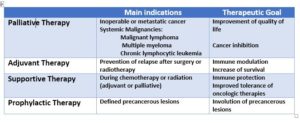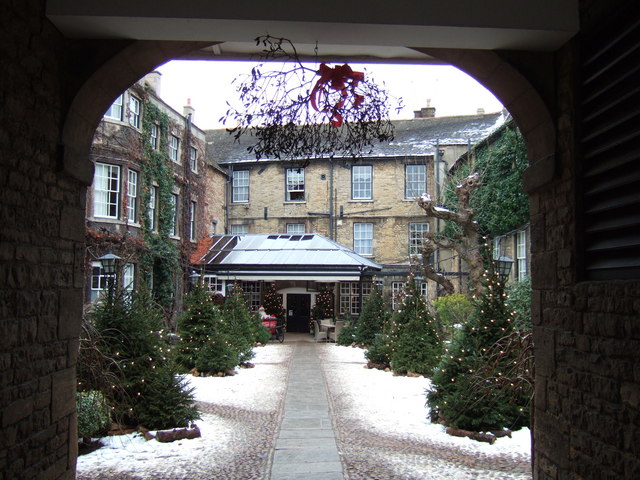Introduction and Botanical facts
Mistletoe is a parasitic plant relying on the host tree to provide it with nutrients. It does not have root but rather sinkers to extract nutrients. After years of infection, mistletoe reduces growth of the host trees. It is called interchangeably Mistletoe or Viscum, or in other parts of the world Druid’s herb, Holy Wood or The Kissing Bush. Mistletoe is an evergreen displayed during the Christmas season and symbolic of the eventual rebirth of vegetation that will occur in spring. But perhaps more than any other Christmas evergreen, it is a plant of which we are conscious only during the holidays.
Viscum album (Mistletoe) has a long history of use in traditional medicine throughout the past 2,000 years.
In Europe, most cancer patients use Mistletoe extracts at a total expense of about 72 million CAD (€45m; $59m) each year and in Germany the insurance system pays for this treatment. Also, the German Commission E (the German equivalent of Food and Drug Administration) has approved it as a treatment for degenerative and inflamed joints and as a palliative therapy for malignant tumors.
Viscum album (the Latin name of Mistletoe) has subspecies that grow specifically on certain host trees. Many trees, especially hardwood, have both mechanical and chemical barriers to viscum infection. A host tree that is susceptible to one viscum infection will often host many (up to 50) further viscum bushes.
Mistletoe is a small, leathery-leaved evergreen which forms a ball-shaped mass easily seen on the branches of deciduous host trees in winter. It is most commonly seen on old apple, ash, and hawthorn trees; although mistletoe does not grow as well on oak trees, mistletoe from oak trees has traditionally been the most commonly used as herbal medicine.

mistletoe bush
It is an evergreen meaning it will never lose its foliage. Viscum usually forms 1 node for each year of growth (internodal distance: 4-8 cm). It takes 3-4 years after implantation/infection of the host tree for the first node to appear. There are both male and female plants (viscum is not hermaprhodytic).
It forms dichotomous branching and can develop into a 1 meter sized globe bush.
Modern use and Integrative Oncology
Viscum album is one of the most well researched integrative cancer therapeutic.
Studies have shown it may have positive impacts on:
- Quality of Life
- Side Effects of Conventional Care
- Survival

Summary of Clinical Applications
Beside cancer treatment, Mistletoe is considered in North America a suitable Hypotensive (good for moderate to mild Hypertension) herb and a Cerebral Circulatory stimulant.
Contraindications to all Mistletoe preparations:
- Acute inflammatory disease or infectious process with fever (this will result in a therapy pause or delayed initiation of treatment)
- Allergy to Viscum album preparation (likely cross reactivity to various preparations)
- Pregnancy in first trimester
- Brain Lesions
Side effects and Interactions
As for the notorious toxicity of this plant, a few ideas in the end.
- While toxicity has been observed with ingestion of these plants it is usually higher doses that are potential toxic and sometimes fatal. Symptoms include:
- Nausea, vomiting, diarrhea, seizures , hypertension followed by shock
- A case review of 14 patients with American mistletoe leaf or berry ingestions failed to show any symptoms of toxicity. Based on that series, ingestion of 1-3 mistletoe berries or 1-2 leaves is unlikely to produce serious toxicity. Of the accidental (pediatric) or intentional exposure of raw plant mistletoe in the past 25 years there were no deaths and 97% were asymptomatic.
- 2 cases of deaths due to mistletoe preparation in past 25 years were due to chronic ingestion of tea preparations
- It should be avoided during pregnancy or breastfeeding, as it may stimulate uterine contractions.
- The herb should not be used along with heart medications as the combination creates an increased risk of cardiac slow-down. Any use of the herb should always be under the guidelines of a professional health care provider.







